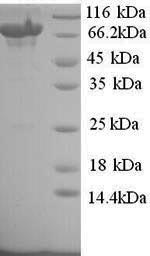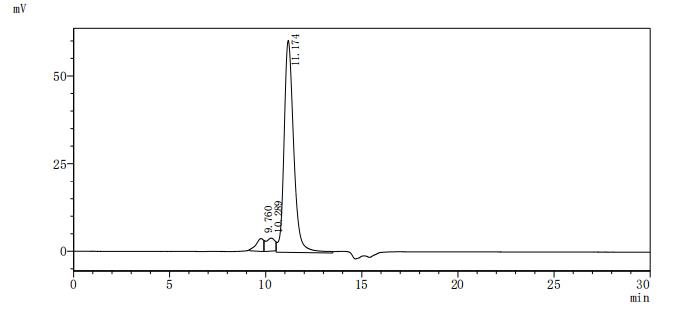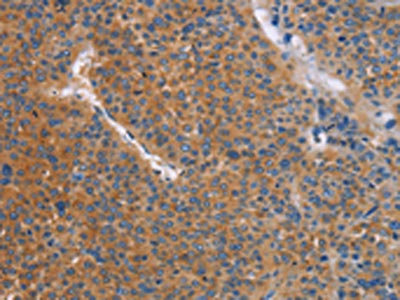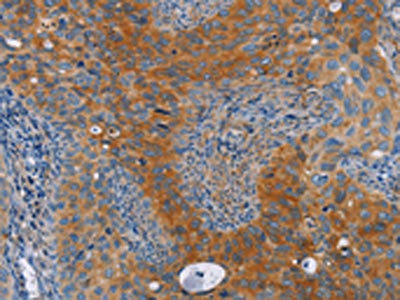TLR8, Toll-like receptor 8, alias Toll-like protein 8. it is a protein encoded by the TLR8 gene in the human body and is a member of the Toll-like receptor family, which is expressed mainly in myeloid cells such as monocytes, dendritic cells, and certain epithelial cells. the mechanism of action of TLR8 is through the recognition of pathogen-associated molecular patterns, such as the nucleic acid components of certain bacteria and viruses, that The activation of TLR8 is usually dependent on MyD88-mediated signaling pathways, which in turn activate transcription factors such as NF-κB and MAPK, leading to the release of inflammatory mediators and cytokines, thus playing a key role in both innate and adaptive immunity.
TLR8 has a wide range of biological significance, and is involved in the regulation of a variety of immune cell activation, proliferation and differentiation processes.TLR8 is expressed in monocytes, dendritic cells and certain epithelial cells. Activation of TLR8 promotes the maturation of dendritic cells and enhances their antigen-presenting capacity, thereby activating T cell-mediated immune responses. In addition, TLR8 signaling is closely related to physiological processes such as inflammatory response, cell survival and proliferation, etc. Abnormal TLR8 function has been associated with a variety of diseases, including autoimmune diseases, chronic inflammatory diseases, and certain infectious diseases. Therefore, TLR8 is a potential target for immunological research and treatment of related diseases .






